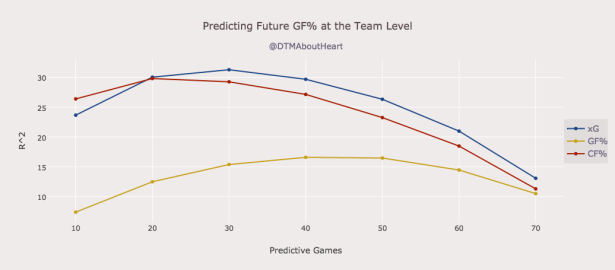In a previous article, I presented a way to cut and slice a hockey game into Sequences. A Sequence extends from the moment a team gets control of the puck and starts moving forward, to the moment the team loses it for good. The objective was to measure the importance of every event happening between the beginning of a Sequence and its end, from a zone exit to any shot attempts, to a zone entry or any high-danger passes in between. If a Sequence includes one or several shot attempts, its value is the sum of the Expected Goals of all those attempts.
The natural follow-up was the creation of an Expected Goals Contribution metric for players.
The thinking behind it was to answer one of the two main questions we face in the daily use of analytics with coaches: What is the real contribution of each player? Overall, there are the well-known GAR or WAR type of metrics, but these are beyond the comprehension of many staffs as they are not tangible enough for a daily use.
Now, if we use Sequences where the team has possession of the puck, it means Expected Goals Contribution would only look at the offensive side of the game. Still, instead of looking separately at transition or shooting stats to evaluate a player, the objective is to sum all offensive efforts into one metric, weighting those efforts (zone exit, entry, etc.) according to their contribution to the Sequence. It also makes playmaking more apparent statistically.
In other words, it means sharing the total value of the Sequence (in terms of Expected Goals), between the players responsible. This is what we called Expected Goals Contribution.




